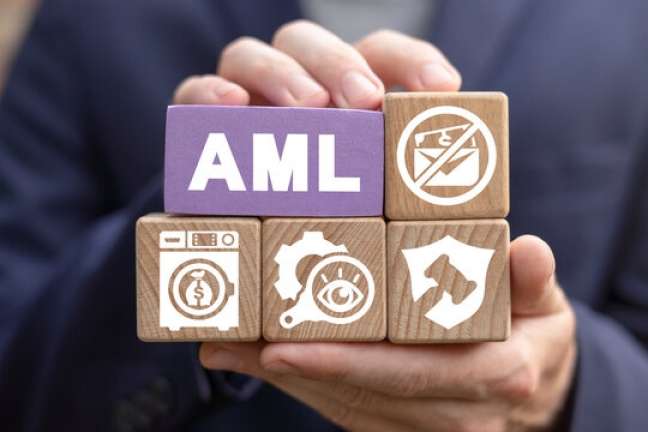Did you know that impaired hearing is the third most common health issue in the world? According to the research, millions of people suffer from impaired hearing, and that number is only going to increase as the population ages. If you or someone you love suffers from impaired hearing, don’t worry as there are many ways technology can help! This article will discuss four ways technology can help treat impaired hearing issues.
Hearing Devices
The first thing that has to come to mind when it comes to helping with these problems is hearing devices. Many people buy Horizon hearing aids as they see them fitting their needs. Using something like this has been around for years and the tech is improved.
The way these devices work is they take the sound waves and change them into electrical signals. The hearing aid then amplifies these signals so that the person with hearing loss can hear them better. There are different types of hearing aids available depending on the severity of hearing loss. Some people may only need a hearing aid in one ear while others may need two hearing aids.
There are other devices that can also help people with hearing impairments. One example is a cochlear implant. This device is surgically implanted into the ear and it helps to send signals directly to the brain. This can be a good option for people who have severe hearing loss or who do not benefit from hearing aids.
If you or someone you know has impaired hearing, there are options available to help. Talk to your doctor about what might be the best option for you or your loved one.
Subtitles
Putting on subtitles while watching on any device can subtitles help individuals with impaired hearing to understand what is happening in a scene. This way, they won’t miss out on key plot points or character dialogue.
One downside of subtitles is that they can sometimes be inaccurate. If you’re watching a show with subtitles and you notice that they’re not matching up with what’s being said, it can be frustrating. But overall, subtitles are a great way for people with impaired hearing to enjoy TV shows and movies.
Another option for watching TV shows and movies is to use closed captioning. Closed captioning is similar to subtitles, but it also includes information like sound effects and music cues. This can be helpful for people who have trouble understanding dialogue, but it can also be overwhelming for some.
If you’re not sure whether subtitles or closed captioning is right for you, try watching a few minutes of a show with each option to see which one works better for you. You can also experiment with different font sizes and styles to find the subtitles that are easiest for you to read.
Sound Systems
There are many different types of sound systems that can help people with hearing loss. These are the following:
- sound amplifiers
- sound processors
- sound transmitters
- sound receivers
Each type of sound system has its own way of helping people with hearing loss. Sound amplifiers make sounds louder so that they can be heard more easily. Sound processors change the way sound waves are processed so that they can be heard more clearly. Sound transmitters send sound waves to sound receivers which are worn by the person with hearing loss. This allows them to hear the sounds even if they are not in the same room as the source of the sound.
If you or someone you know has hearing loss, there is no need to suffer in silence. There are many different types of sound systems that can help people with hearing loss hear better. Talk to your doctor about which type of sound system would be best for you.
Apps
There are also apps that can serve as a way to treat impaired hearing issues. Some apps, like CICADA, can be used in conjunction with hearing aids to help the user hear better. Other apps, like SoundAMP, work by amplifying sound for the user. There are also apps that can provide auditory training exercises to help the user improve their hearing.
One of the great things about apps is that they can be used in conjunction with other treatments for hearing impairments, or they can be used on their own. They are also generally very affordable, which makes them accessible to many people who might not be able to afford other treatments.
Tech has come a long way, which is great news for people with impaired hearing issues. You can get some hearing devices or put on subtitles or captions on any video you watch. There are also great sound systems designed to help these issues as well as apps that are dedicated to aiding the people with these needs!
















